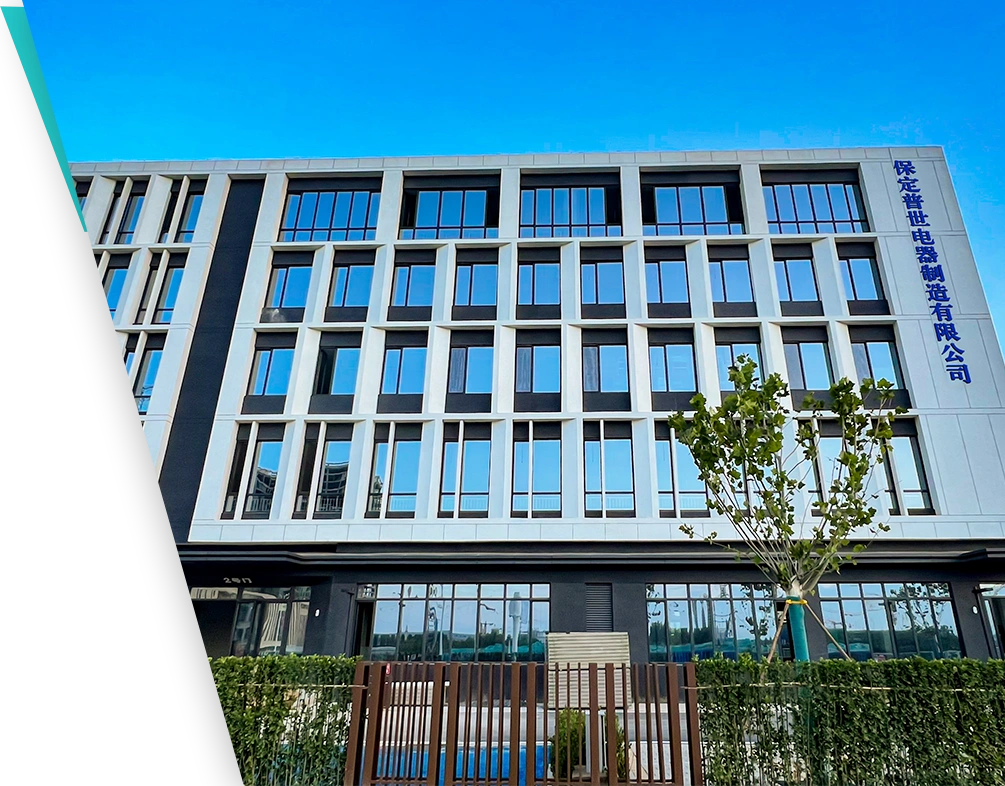 English
English



-
 Afrikaans
Afrikaans -
 Albanian
Albanian -
 Amharic
Amharic -
 Arabic
Arabic -
 Armenian
Armenian -
 Azerbaijani
Azerbaijani -
 Basque
Basque -
 Belarusian
Belarusian -
 Bengali
Bengali -
 Bosnian
Bosnian -
 Bulgarian
Bulgarian -
 Catalan
Catalan -
 Cebuano
Cebuano -
 China
China -
 China (Taiwan)
China (Taiwan) -
 Corsican
Corsican -
 Croatian
Croatian -
 Czech
Czech -
 Danish
Danish -
 Dutch
Dutch -
 English
English -
 Esperanto
Esperanto -
 Estonian
Estonian -
 Finnish
Finnish -
 French
French -
 Frisian
Frisian -
 Galician
Galician -
 Georgian
Georgian -
 German
German -
 Greek
Greek -
 Gujarati
Gujarati -
 Haitian Creole
Haitian Creole -
 hausa
hausa -
 hawaiian
hawaiian -
 Hebrew
Hebrew -
 Hindi
Hindi -
 Miao
Miao -
 Hungarian
Hungarian -
 Icelandic
Icelandic -
 igbo
igbo -
 Indonesian
Indonesian -
 irish
irish -
 Italian
Italian -
 Japanese
Japanese -
 Javanese
Javanese -
 Kannada
Kannada -
 kazakh
kazakh -
 Khmer
Khmer -
 Rwandese
Rwandese -
 Korean
Korean -
 Kurdish
Kurdish -
 Kyrgyz
Kyrgyz -
 Lao
Lao -
 Latin
Latin -
 Latvian
Latvian -
 Lithuanian
Lithuanian -
 Luxembourgish
Luxembourgish -
 Macedonian
Macedonian -
 Malgashi
Malgashi -
 Malay
Malay -
 Malayalam
Malayalam -
 Maltese
Maltese -
 Maori
Maori -
 Marathi
Marathi -
 Mongolian
Mongolian -
 Myanmar
Myanmar -
 Nepali
Nepali -
 Norwegian
Norwegian -
 Norwegian
Norwegian -
 Occitan
Occitan -
 Pashto
Pashto -
 Persian
Persian -
 Polish
Polish -
 Portuguese
Portuguese -
 Punjabi
Punjabi -
 Romanian
Romanian -
 Russian
Russian -
 Samoan
Samoan -
 Scottish Gaelic
Scottish Gaelic -
 Serbian
Serbian -
 Sesotho
Sesotho -
 Shona
Shona -
 Sindhi
Sindhi -
 Sinhala
Sinhala -
 Slovak
Slovak -
 Slovenian
Slovenian -
 Somali
Somali -
 Spanish
Spanish -
 Sundanese
Sundanese -
 Swahili
Swahili -
 Swedish
Swedish -
 Tagalog
Tagalog -
 Tajik
Tajik -
 Tamil
Tamil -
 Tatar
Tatar -
 Telugu
Telugu -
 Thai
Thai -
 Turkish
Turkish -
 Turkmen
Turkmen -
 Ukrainian
Ukrainian -
 Urdu
Urdu -
 Uighur
Uighur -
 Uzbek
Uzbek -
 Vietnamese
Vietnamese -
 Welsh
Welsh -
 Bantu
Bantu -
 Yiddish
Yiddish -
 Yoruba
Yoruba -
 Zulu
Zulu
Exploring the Fundamentals and Applications of Chromatography in Modern Science
Understanding Chromatography A Fundamental Technique in Chemistry
Chromatography is a vital analytical technique extensively used in chemistry, biochemistry, and various fields for separating and analyzing the components of a mixture. It plays a crucial role in the identification, purification, and quantification of substances, making it indispensable in laboratories around the world.
The Basics of Chromatography
The term chromatography comes from the Greek words chroma, meaning color, and grapho, meaning to write. This technique was first developed in the early 20th century by Russian botanist Mikhail Tsvet, who used it to separate colored pigments in plant extracts. Today, chromatography has evolved into a powerful tool for a wide range of applications, including pharmaceuticals, environmental monitoring, and food safety.
At its core, chromatography involves two phases the stationary phase and the mobile phase. The stationary phase is the solid or liquid that remains fixed in place, while the mobile phase, usually a liquid or gas, moves through or along the stationary phase. As the mixture interacts with both phases, its components separate based on their affinity for the stationary phase versus the mobile phase.
Types of Chromatography
There are several types of chromatography, each suited for specific applications and separation needs. Among the most common forms are
1. Gas Chromatography (GC) This method is used for separating volatile compounds. The sample is vaporized and carried by an inert gas (the mobile phase) through a column packed with a stationary phase. GC is widely used in environmental monitoring, toxicology, and petrochemical analysis.
chromatograph

2. Liquid Chromatography (LC) This method is ideal for separating compounds that are solid or liquid at room temperature. High-Performance Liquid Chromatography (HPLC) is a specific type of LC that utilizes high pressure to push the solvent through the column, allowing for faster and more efficient separations. HPLC is commonly used in pharmaceuticals and quality control.
3. Thin-Layer Chromatography (TLC) This is a simple and cost-effective technique where a thin layer of stationary phase is coated on a glass, plastic, or aluminum plate. The mobile phase moves up the plate by capillary action, allowing components to separate. TLC is often used for quick qualitative analysis and monitoring reactions.
4. Ion Chromatography (IC) This technique specializes in separating ions and polar molecules based on their charge. It is particularly useful in analyzing water samples for contaminants and monitoring ionic impurities in pharmaceutical products.
Applications of Chromatography
Chromatography has a wide array of applications across various fields. In pharmaceuticals, it is crucial for drug development, ensuring purity and efficacy. In environmental science, chromatography helps identify pollutants in soil and water, aiding in the assessment of ecological health. The food industry relies on chromatography for detecting additives, contaminants, and ensuring compliance with safety regulations.
Moreover, chromatography is vital in clinical laboratories for analyzing biological samples. It plays a key role in diagnostics, allowing for the detection of biomarkers and drugs in patient specimens.
Conclusion
Chromatography stands as one of the most essential techniques in modern analytical chemistry. Its ability to separate complex mixtures into their individual components allows scientists to conduct research, enforce regulations, and develop new products across numerous industries. As technology advances, chromatography continues to evolve, with innovations improving its efficiency, sensitivity, and application scope. Understanding chromatography provides a foundation for appreciating its significance in both scientific research and everyday life.
-
Exploring the Main Types of Industrial Endoscopes and Their Applications Across IndustriesNewsJul.04,2025
-
Testing Equipment Industry Sees Major Advancements in 2025: Smart & Precision Technologies Lead the WayNewsJun.06,2025
-
Applications of Direct Current Generators in Renewable Energy SystemsNewsJun.05,2025
-
Hipot Tester Calibration and Accuracy GuidelinesNewsJun.05,2025
-
Digital Circuit Breaker Analyzer Features and BenefitsNewsJun.05,2025
-
Benefits of Real-Time Power Quality Monitoring Devices for Industrial EfficiencyNewsJun.05,2025



